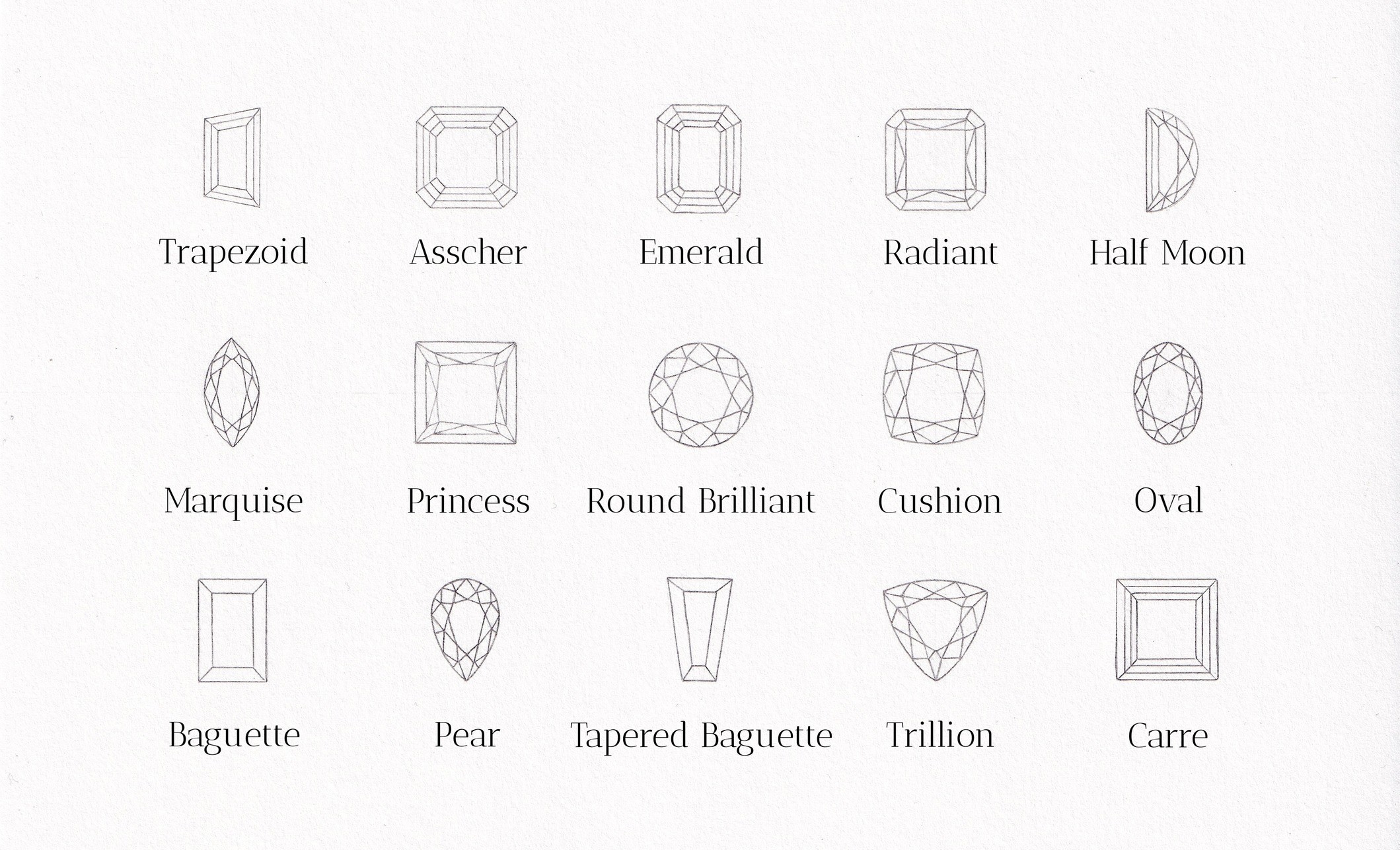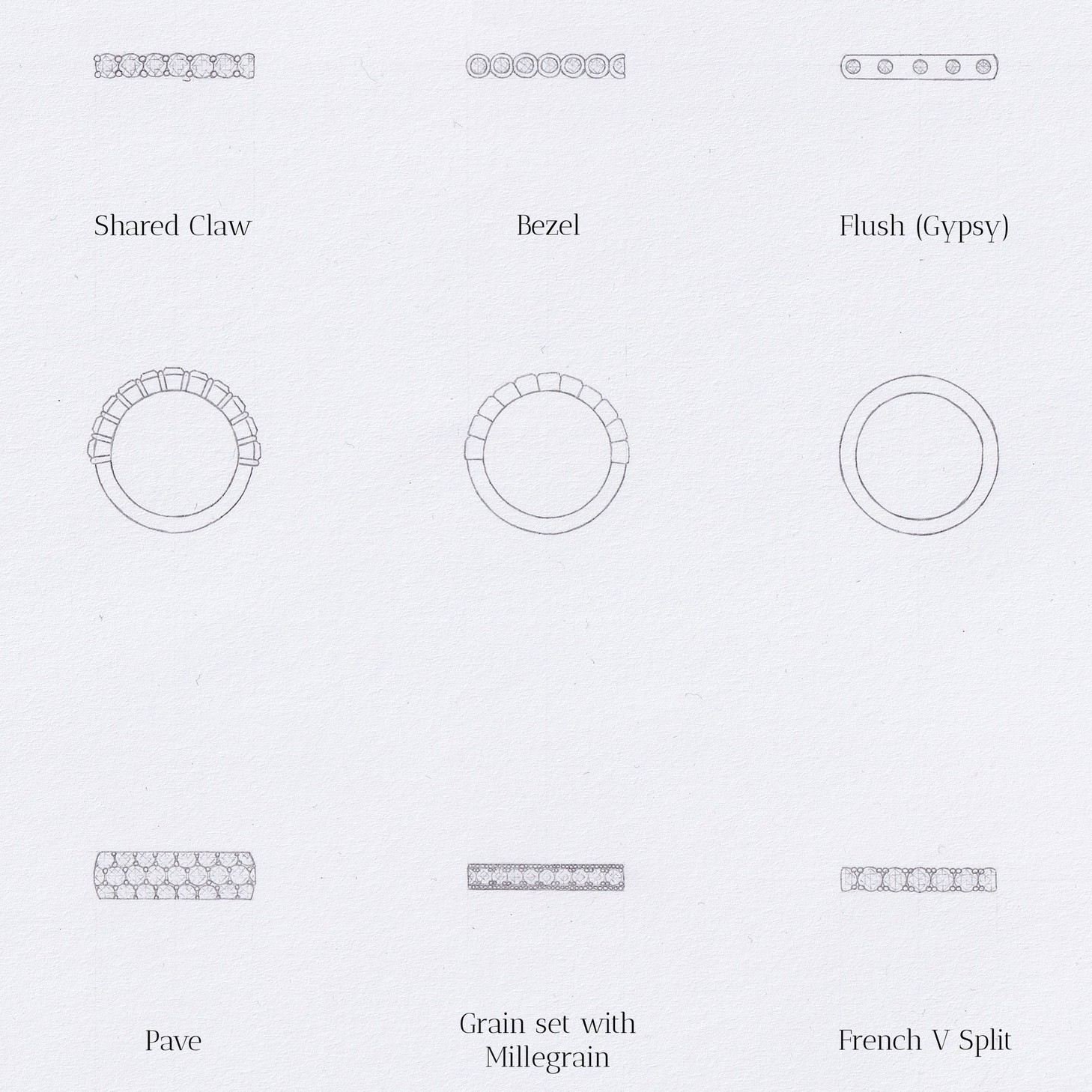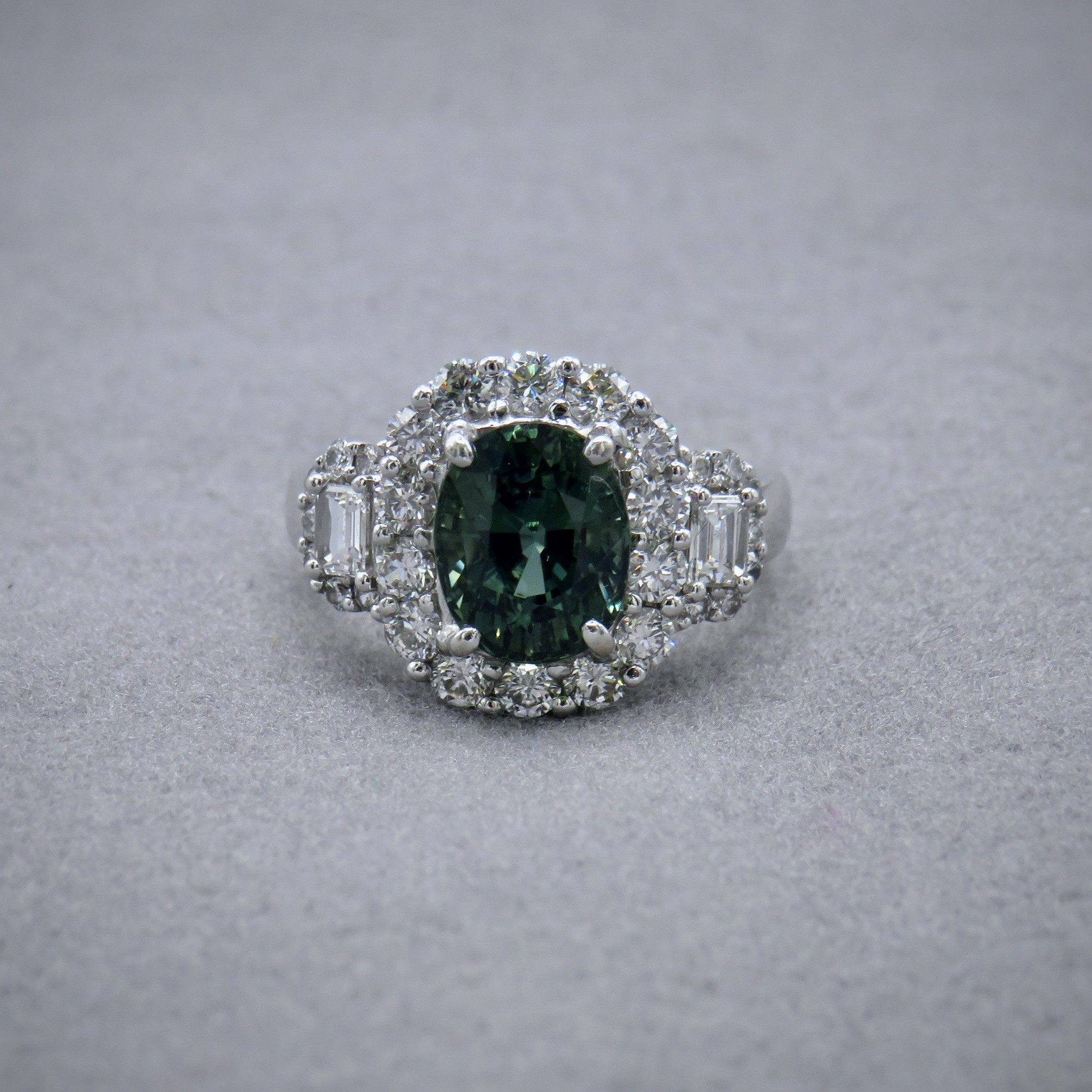Shape Matters - Choosing the right Diamond Shape for You
The joy of gemstones is that they come in a variety of shapes, colours and sizes. Diamond shapes are constantly evolving, and new shapes appear on the market all the time, but that doesn’t make them readily available or easily accessible! We explore some of the most common diamond shapes currently and what makes each one appealing. You never know which might take your fancy!
Cut vs Shape
One of the biggest confusions, with diamonds, is the term ‘cut’ being confused with ‘shape’. The cut refers to its symmetry, proportions, and polish and not it’s physical shape. Diamond cuts directly impact a diamond's sparkle and beauty. A well-cut diamond will reflect light effectively, creating a stunning display of colours and brilliance. Conversely, a poorly cut diamond may appear dull and lifeless, diminishing its overall value. There are two main types of cuts: brilliant and step. Brilliant diamonds have been cut and polished in a way that gives them profound brilliance, they mostly have triangular or kite shaped facets that radiate from the centre. Step cuts are square or rectangular in shape, with narrow, long parallel facets. Finally, there are mixed cuts, which are a combination of brilliant and step.
Round Brilliant
A true classic and probably the most popular and well know of all the diamond shapes, the round brilliant offers amazing sparkle, fire, and scintillation from a well-cut diamond. A standard round brilliant diamond has 57 facets, or 58 if the culet is included. Due to its popularity, it remains one of the more expensive shapes because it delivers the best sparkle for your money.
Oval
A close cousin to the round brilliant, the oval offers a modern shape whilst still bringing brilliance to the party. They make excellent central stones in an engagement ring as well as pairing well with other shapes. In terms of proportion, you’re looking for a ratio of 1.33-1.66 : 1. Often, they display a ‘bow-tie’ which can be seen in the centre of the stone. You want this to be as minimal as possible.
Due to the length, it can help elongate fingers as well as benefitting from having the largest table surface area of any shape in the same carat weight. This makes them good value for money and allows you to have a shape that is a little less common.
Emerald
The most popular of the step cuts, this shape takes its name from emerald gemstones whose corners were clipped to protect the delicate nature of the gems. With its long rectangular facets, this shape is known for showcasing a stones clarity as there is little room to hide. An elegant shape that is often seen as the central stone in celebrity engagement rings, they often appear larger than a round brilliant in the same carat weight. In terms of ratio, 1.5-1.75 : 1 is ideal and offers you the best reflection of light in the stone.
Asscher
Another step cut diamond and probably most closely associated with the art deco style, they differ from emerald cuts as they are square shaped and with a high crown. Often from a distance, they can be confused with a princess cut, but the cropped corners, the step cuts and the way squares are viewed face down, set them apart. Step cut diamonds tend to display a softer glow and less vivid sparkle than a brilliant cut, but they demonstrate the amazing clarity of a stone much better.
Cushion
An example of a mixed cut that has become increasingly more admired in recent years due to its romantic and timeless feel. The cushion cut is a great alternative to a round brilliant in terms of sparkle, even if it is slightly inferior. Setting a cushion with round brilliants surrounding it will help boost the brilliance that it offers. However, the stone holds a lot of its weight below the table and therefore can look smaller than the same carat weight in other cuts.
Princess
A brilliant cut, which generally has 76 facets making it sparkle beautifully, the princess cut is less expensive than its round counterpart (less wastage when being cut from rough) as well as being smaller carat for carat (a lot of its weight is in the pavilion). With its sharp corners, it provides a modern and sophisticated look, but they can also be a point of weakness so it’s worth looking at designs that protect them.
Radiant
A mixed cut which is the ultimate combination of the graceful emerald shape and the dazzling round brilliant, it offers the best of both worlds. They are typically less expensive than round brilliants, so provide an elegant, sparkly look whilst offering good value. The cutting technique created in the late 70s, allows radiant diamonds to exude brilliance and fire, so if you want a softer look than the princess but still want all the sparkle, they are a great choice.
Marquise
Typically cut with 58 facets, this lozenge shape diamond with pointy ends, creates a fabulous illusion of size. The elongated shape flatters the finger and makes them appear longer. Its form dates to Louis XV, who wanted a cut to resemble his lover’s lips, so a very romantic shape! In terms of the ideal ratio, 1.75-2.15 : 1 is best so as the length is about twice as long as width to give the optimum proportions. Like the oval, watch out for the bow-tie effect, where the light doesn’t reach the centre of the stone. If you want a shape that covers a large portion of the finger, then this could be perfect for you.
Pear
Also known as the teardrop, this shape is the combination of the round and marquise. An incredibly tricky shape to be cut well, it can be difficult to get the right balance between width and length. It’s a unique shape that stands out and can appear larger than other shapes with the same carat weight, making them a good option for a distinctive engagement ring!
In Summary…
When selecting a diamond shape, consider factors such as personal style, budget, and the setting in which the diamond will be placed. Each cut offers a unique aesthetic appeal, so it's essential to choose one that aligns with your preferences – don’t feel pressured to choose one shape over another as due to its prevalence! However, no matter what shape you do choose, you should consider the cut of the stone and we recommend only going for Very Good or Excellent.
The shape of a diamond plays a crucial role in the overall appearance and value of the stone. By understanding the different types and their characteristics, it allows you to make an informed decision for your bespoke piece of jewellery. If you want to talk through options, do get in touch - we’d love to know which is your favourite!

Related Articles

Jewellery Settings & Styles: What’s Right For You?
There is a huge variety of settings, shapes and styles for jewellery so understanding what you like is important.

Choosing an Engagement Ring - Where to start?
A proposal marks one of the biggest steps in a relationship: but how do you choose the right ring?